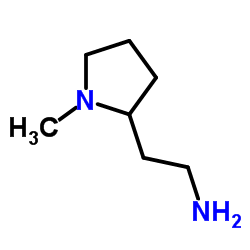Veno-venous extracorporeal membrane oxygenation therapy of a severely injured patient after secondary survey—a case report
M.C. Stoll, F. Rademacher, K. Klak, J. Strauch, T.A. Schildhauer, J. Swol
文献索引:Am. J. Emerg. Med. 32(10) , 1300.e1-2, (2014)
全文:HTML全文
摘要
Thoracic injury following a major trauma can be life-threatening. Veno-venous extracorporeal membrane oxygenation (vv-ECMO) can be used as a support to mechanical ventilation when acute respiratory distress syndrome (ARDS) is present. We report the case of an 18-year-old male driver who strayed from the road and fell 15 meters into a backyard by landing on the roof of its car. The injury severity score (ISS) was 51 for his pattern of injuries (hemopneumothorax left, sternum fracture, pneumothorax right, pneumomediastinum, intracerebral bleeding, scalping injury occipital, fracture of the 9th thoracic vertebral body and complete paraplegia). The patient was transferred to our hospital 12 hours after the accident. As we started the secondary survey, the patient was cannulated for vv-ECMO due to deterioration in his oxygenation status. We implanted a double-lumen cannula (Avalon® 31 french, right internal jugular vein) during fluoroscopy. The patient developed post-traumatic SIRS (systemic inflammatory response syndrome), which began to resolve after 72 hours, and he started breathing spontaneously. After 7 days, he was weaned from vv-ECMO and recovered in a rehabilitation facility. The use of vv-ECMO therapy in cases of major trauma has become a rescue strategy. The use of vv-ECMO was performed without anticoagulation because of his traumatic brain injury and severe spinal cord injury.
相关化合物
| 结构式 | 名称/CAS号 | 分子式 | 全部文献 |
|---|---|---|---|
 |
N-甲基-2-(2-氨乙基)-吡咯烷
CAS:51387-90-7 |
C7H16N2 |
|
Electrogenerated chemiluminescence derivatization reagents f...
2002-04-01 [Anal. Chem. 74(7) , 1584-9, (2002)] |
|
Dual-cloud point extraction and tertiary amine labeling for ...
2010-02-19 [J. Chromatogr. A. 1217(8) , 1399-406, (2010)] |
|
Suppression of stimulating cell activity by microtubule-disr...
1976-01-01 [J. Supramol. Struct. 5(3) , 335-42, (1976)] |
|
Galphas-coupled receptor signaling actively down-regulates a...
2008-01-01 [BMC Immunol. 9 , 26, (2008)] |
|
FRET detection of lymphocyte function-associated antigen-1 c...
2015-01-01 [Mol. Biol. Cell 26(1) , 43-54, (2015)] |